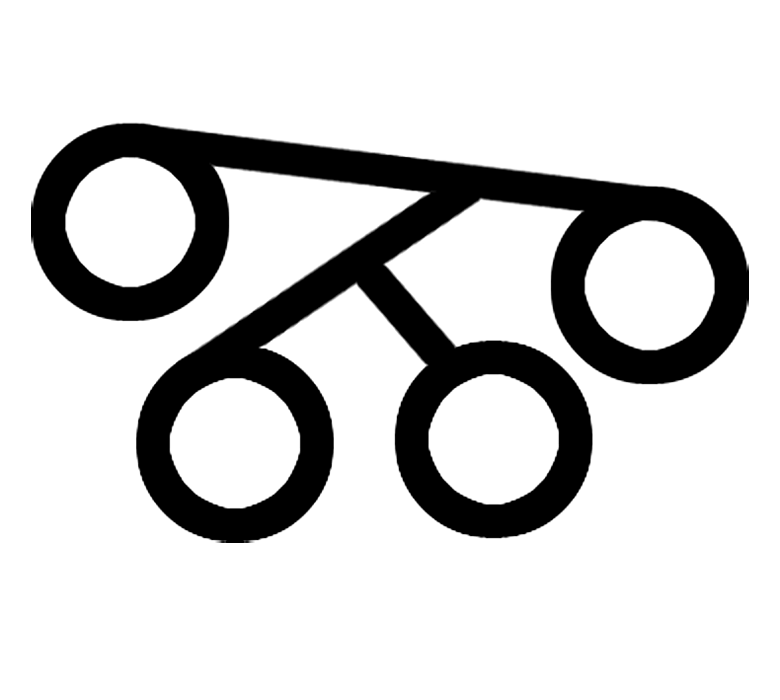Cilj je ovog kolegija trostruk. Prvo, student stječe osnovna teorijska znanja o prirodi jezika kao općeljudske pojave. Drugo, student se upoznaje sa sinkronijskim i dijakronijskim opisom engleskog jezika kroz prizmu različitih teorijskih pristupa. Ta su znanja osnova za praćenje nastave iz drugih jezičnih kolegija na studiju, a svrha im je potaknuti kritički pristup jezičnim teorijama. Najzad, izradom izbornih i obaveznih zadataka student stječe neke vještine vezane uz lingvistička istraživanja, gdje se praktički primjenjuju obrađene teorijske cjeline. Svrha im je pripremiti studenta za rad u jezičnim seminarima na višim godinama studija.
- Orientation, syllabus. Scientific study of language. Levels of linguistic study.
- The sounds of English in comparison with the sounds of Croatian – a review of familiar notions. Articulatory description of sounds. Notation of sounds – transcription. The vocal tract and the ways of making sounds.(Ch. 4. in Yule (2006). Using the vocal tract to produce the sounds of English. Articulatory description of consonants, vowels and diphthongs. Some basic contrasts with Croatian. (Ch. 4 in Yule (2006))
- Suprasegmentals: stress, tone, intonation and their importance in meaning. Basic contrasts with Croatian. Measurement of sound waves and sound perception: examples of studies, their results and their significance. Phonology: the organization of sounds. Basic terms: phonemes, allophones, minimal pairs, phonotactics. Phonological alternations in English (and some basic contrasts with Croatian). (Ch 5 in Yule (2006); Ch. 1 in Fasold & Connor Linton (2006)). Additional reading: chapter 3 from Josipo
- Examples of the way words are constructed in English. Basic contrasts with Croatian. Phonotactic, semantic and functional limitations to making new words vs. acceptable innovations. How words become conventionalized. Why words – psychological reality vs. definitional problems. Morphemes. Morphemes, types of morphemes. Allomorphs. Ch. 7 in Yule (2006). Basic morphological operations: affixation, reduplication, ablaut and suppletion. Definitions of derivation and inflection. Examples. Ch. 3. in Fa
- Types of derivation. Types of inflection. The significance of inflection and derivation in English and Croatian. Examples and exercises. The basis of word combinations: meaning and grammar. Word classes and their characteristics. Problems with defining word classes. Larger units: phrases clauses, sentences. Head and dependents. Syntax: definition. Morphology and syntax: grammar. Ch. 8 in Yule (2006).
- The basis of word combinations – an overview of verbal and nominal grammatical categories. English vs. Croatian verbal categories: tense, aspect, mood, voice. (Selected terms from a glossary of linguistic terms). English vs. Croatian nominal categories: case, number, gender. Paradigmatic and syntagmatic relations in syntax. Syntactic functions vs. word classes. Exercises. Revision. Basics of generative grammar. Ch. 9 in Yule (2006).
- Review.
- The centrality of meaning in linguistic analysis. The study of meaning on all linguistic levels: phonology (contrastive; suprasegmentals & intonation) morphology (definitional), syntax (the meaning of word combinations, phrases and sentences). Two levels of meaning: individual units (lexical meaning) & their combinations (phrases, sentences). Conceptual and associative meaning. Lexical relations (synonymy, antonymy, homonymy (homophony), polysemy). Lexical relations (hyponymy, prototypes; meto
- Meaning in context: pragmatics. Various examples of contextual meaning differences: knowledge of the world and culture, inference. Deixis: person, time, space; what English and Croatian code. Speech acts (introduction, examples). Speech acts (classification, felicity conditions). Pragmatic principles: cooperation, politeness. Interpreting discourse: cohesion & coherence, speech events, turn-taking, hedges, schemas and scripts. Chapters 11 & 12 in Yule (2006).
- Review.
- Synchrony vs. diachrony (revision). Family trees, family relationships, comparative reconstruction. Examples.
- Old English, Middle English, Modern English. The process of change, sound changes, syntactic changes, lexical changes. Ch. 17 in Yule (2006).Language variation: sociolinguisticsLectal varieties: geographical, social, educational distribution. Language continuum. Examples of varieties of English around the world. Examples of sociolinguistic research: methods, participants and results. Sociolinguistic interview. Ch. 18 & 19 in Yule (2006).
- Revision of material. Examples of exam questions. Exercises. Discussion of study questions. What is different in language structure (a review of examples). What is common to all languages: typology and universals. Beyond linguistic structure: the body and culture as a source of similarities / differences. Examples (the significance of body parts in various languages). Universality / relativity: the Sapir-Whorf hypothesis. Some more examples (colors, kinship terms).
- Review.
- Review.

